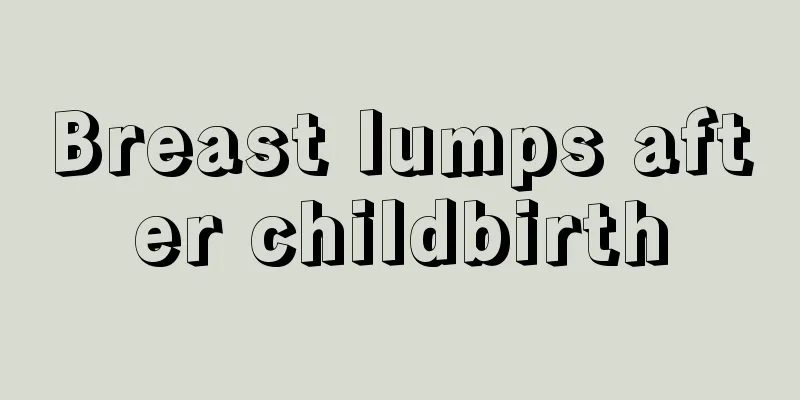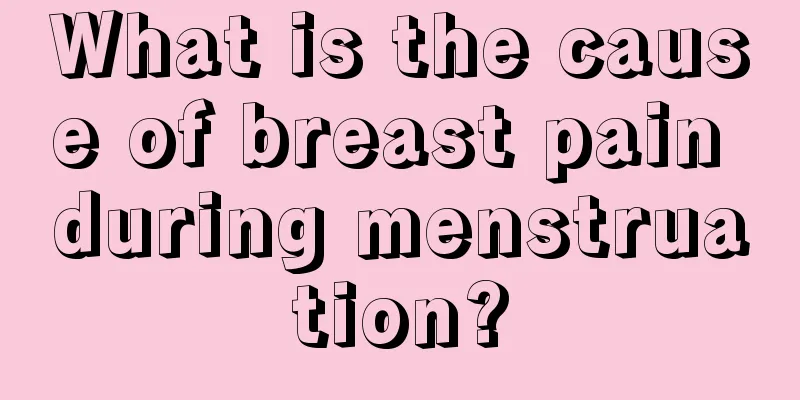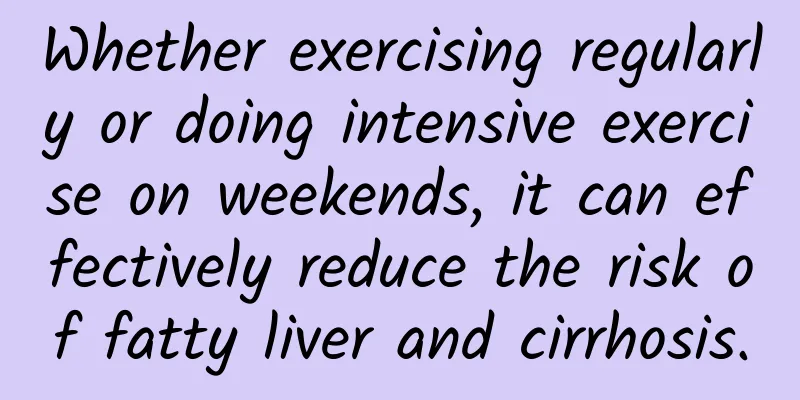Breast lumps after childbirth

|
After giving birth, you will often feel discomfort in your breasts and have lumps in your breasts. In fact, it is normal for a baby to have lumps in the breasts after birth. It is generally considered to be related to breast health. It is not ruled out that frequent insufficiency causes milk to accumulate around the breasts, so you will also feel lumps in the breasts. You should go to the hospital to check the cause first and then give appropriate treatment. What causes breast lumps during lactation? Breast lumps during lactation After a woman gives birth to a baby, she will naturally enter the breastfeeding period. During the breastfeeding period, new mothers must pay special attention to their breast health, otherwise it may cause breast problems, which will directly affect breastfeeding. Many women find lumps in their breasts during lactation. So what does it mean when there are lumps in the breasts during lactation? What causes lumps in breasts during breastfeeding? Did you empty the milk during the first breastfeeding? Generally, some people fail to empty the milk in time, which causes milk accumulation and formation of lumps. In this case, you must apply hot compresses and find ways to soften the milk lumps and discharge them to prevent them from clogging the mammary ducts. However, a small number of breast lumps may be space-occupying lesions in the breast. Breast hyperplasia is a common gynecological disease. The early symptoms of breast hyperplasia are single or multiple growths of lumps in different parts of the breast. The lumps are soft in texture, have unclear boundaries, are movable, and are often accompanied by varying degrees of pain. The early symptoms of breast hyperplasia are enlargement of the lump and aggravation of pain, especially before menstruation, after fatigue, or when there are emotional fluctuations such as anger. After menstruation, the lump shrinks significantly and the pain is relieved. The pain is usually distending and rarely stabbing. Consider the lump to be caused by milk stasis. The causes of milk stasis include poor nipple development that hinders breastfeeding; too much milk or the baby sucks too little milk, resulting in the milk not being completely emptied; blocked milk ducts that affect milk discharge. You can use hot water for hot compresses and local massage. After breastfeeding your baby, you can use a breast pump to help you express milk and try to express as much milk as possible. If the lump does not go away, or if fever or unbearable pain occurs, you need to go to the hospital and receive timely treatment under the guidance of a doctor to avoid mastitis. Breastfeeding precautions Breastfeeding is the process of feeding your baby with your mother's milk. Studies have shown that breast milk contains calories, protein, fat, calcium, iron, vitamins, etc., and is the best choice for infant growth and development. Correct feeding posture The mother should completely relax herself, sit or lie in a comfortable position, and use pillows or quilts to support herself or the baby when breastfeeding. Let the baby approach the mother, with his face facing the mother's breast and his nose facing the nipple. The baby's head, neck and body are in a straight line, and the baby's belly is close to the mother's belly. If it is a newborn, the mother should support the baby's head, shoulders and buttocks. The mother can hold the breast with her hands and gently touch the baby's upper lip. When the baby's mouth opens wide, she can quickly hold the baby close to the breast and let the baby hold the areola and nipple at the same time, instead of just the nipple. Drugs prohibited during breastfeeding When breastfeeding women take medication, they often only focus on whether the medication affects milk secretion, rarely consider the effect of the medication on the baby, or simply don't know which medications have an effect on the baby. In fact, many drugs can enter the baby's body through the mother's breast milk and thus affect the infant. Although the concentration of some drugs entering breast milk is very low, they can cause serious harm to the baby. This article explains in detail what should happen if there are lumps in the breasts during lactation, and also introduces how to feed the baby correctly during lactation. As a breastfeeding woman, you'd better carefully refer to the contents of this article to determine what is going on with your breast lumps, and then actively adopt the correct breastfeeding method. |
<<: What is the normal progesterone level during menstruation?
>>: How many days without menstruation is considered pregnancy
Recommend
Why do my eyelids swell up in the morning? How to prevent my eyelids from swelling up in the morning
Experts say that people who stay up late for a lo...
Can you get pregnant during menstruation?
Generally speaking, the menstrual period, includi...
Why does leucorrhea have a fishy smell?
Many people have gynecological diseases, so it is...
Causes of itching around nipples during breastfeeding
Itching around the nipples during breastfeeding i...
Treatment of mastitis, treatment of mastitis during lactation
Many women develop mastitis during breastfeeding,...
After "yang excess", respiratory function decreases? These aerobic exercises at home are good for you to do.
The biggest impact of Omicron on the human body i...
Why do I always ovulate on one side?
It is well known that every normal woman has two ...
Reasons why women can't hold their urine
Many female friends will find that they can't...
Where is the itchy vulva?
Vulvar itching is not good for the health of fema...
Why does the vagina turn black? Why does the vagina turn black? Why does the vagina turn black?
When a woman is just born, her vagina is pink, bu...
Women's sudden weight loss may be a "good thing" caused by ovarian disease
Ovarian disease is one of the common diseases amo...
How big is a normal uterus?
The uterus is a very important reproductive organ...
High cholesterol and triglycerides in late pregnancy
Pregnant women in the late stages of pregnancy sh...
What exercises before bed can help breast enlargement
Having a pair of plump breasts is a body shape th...









